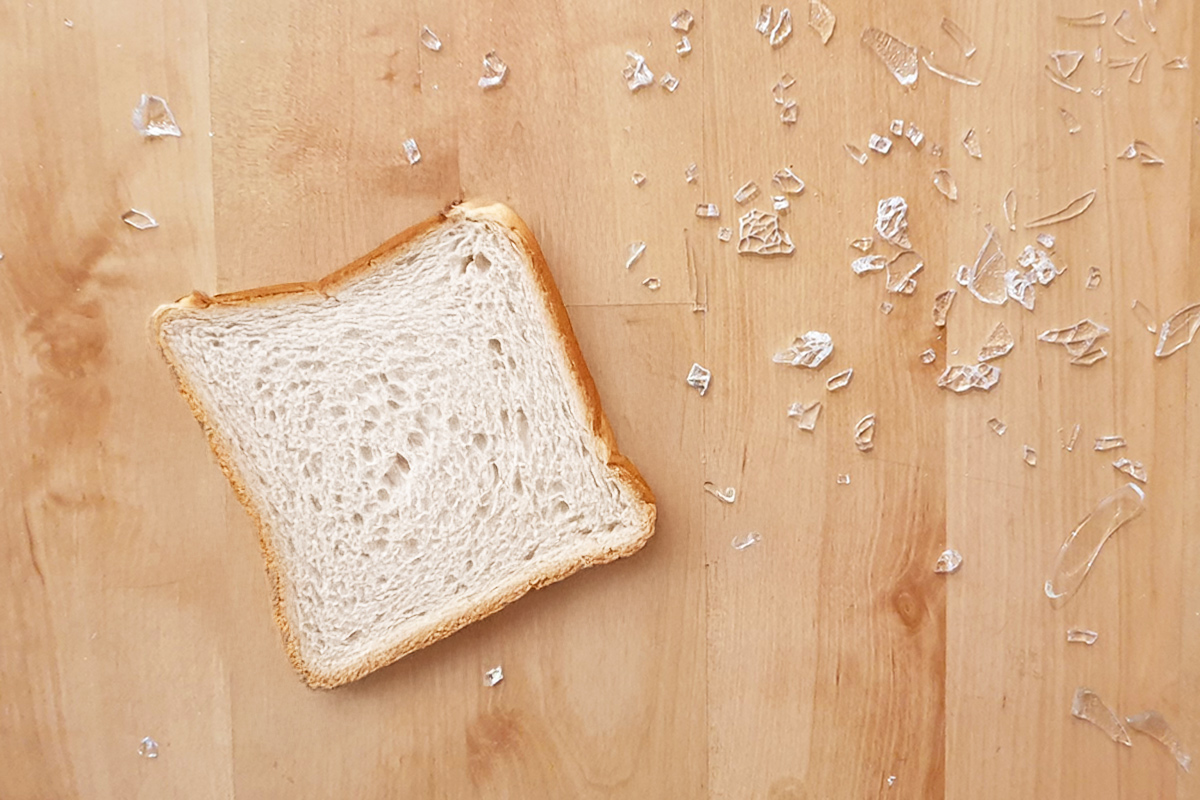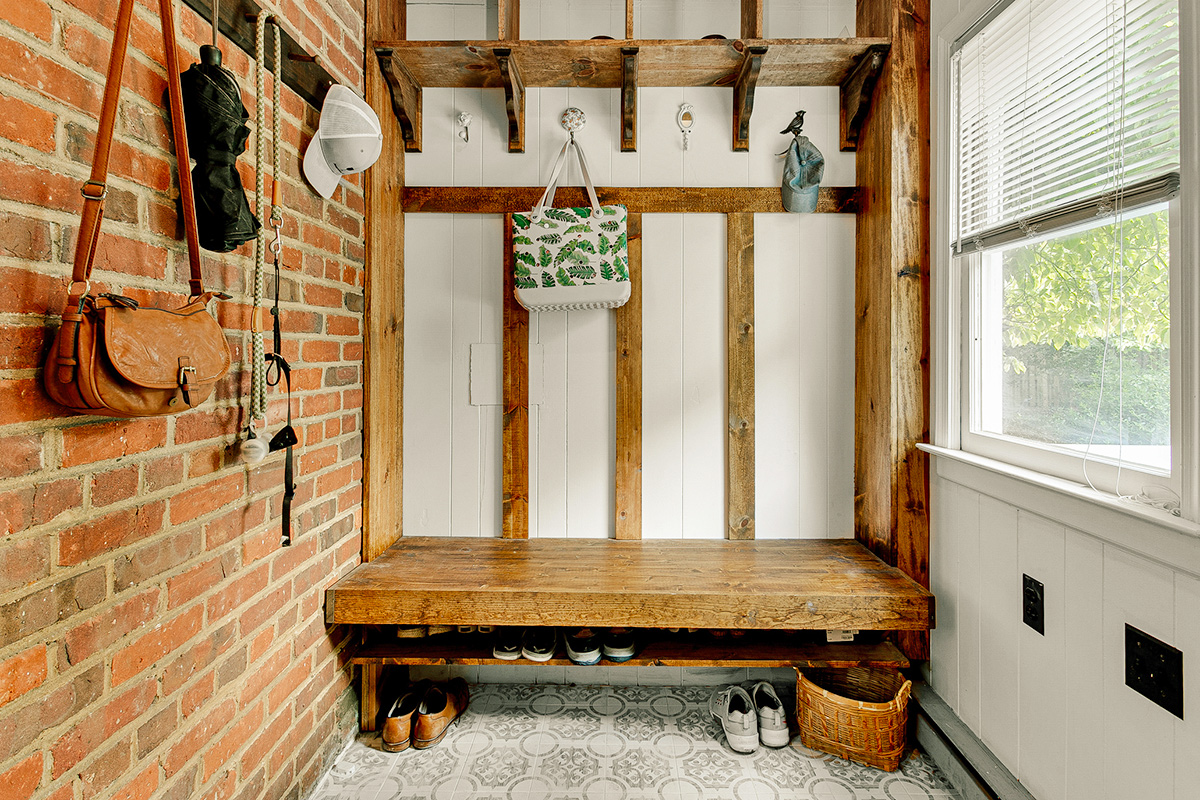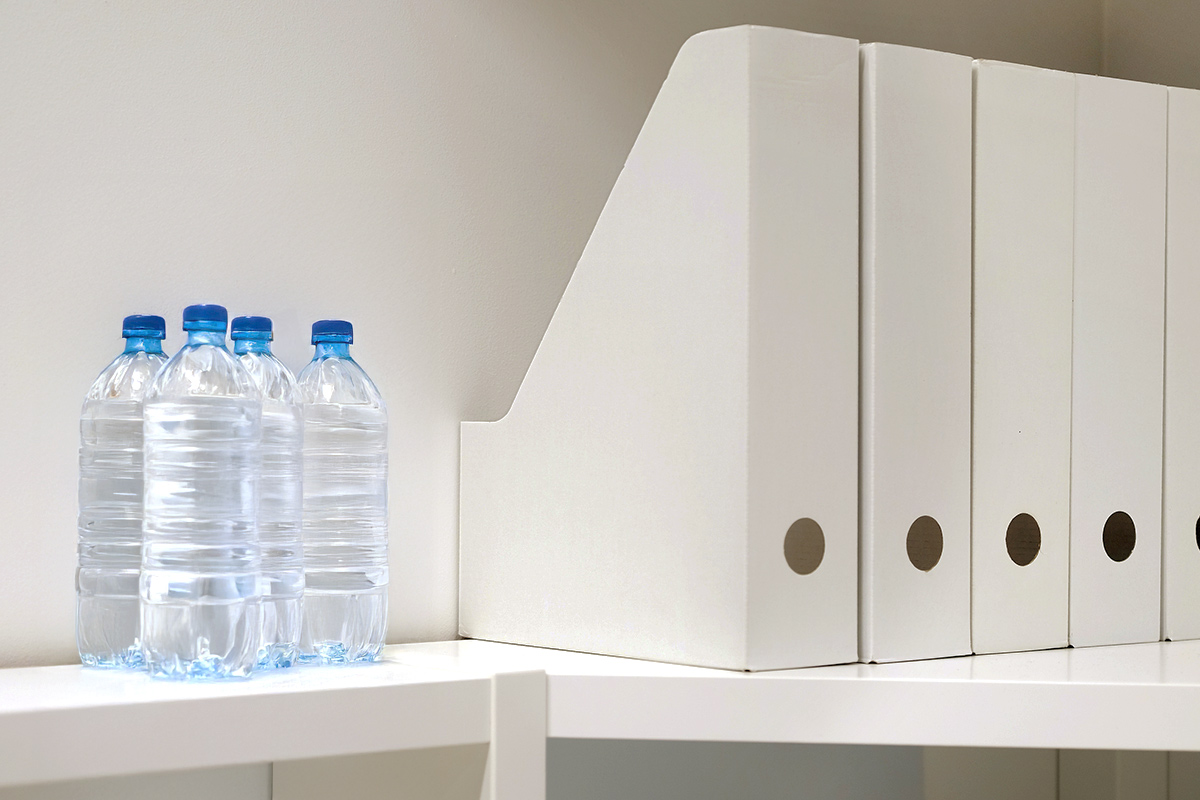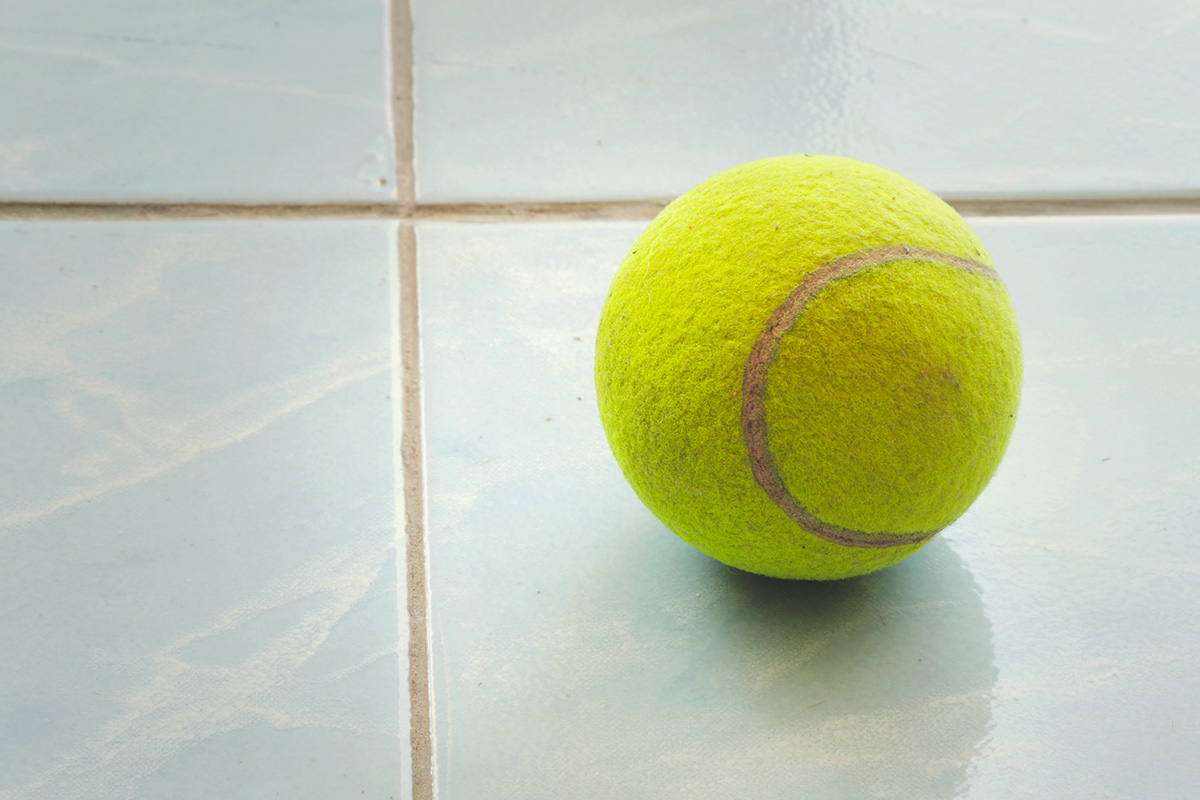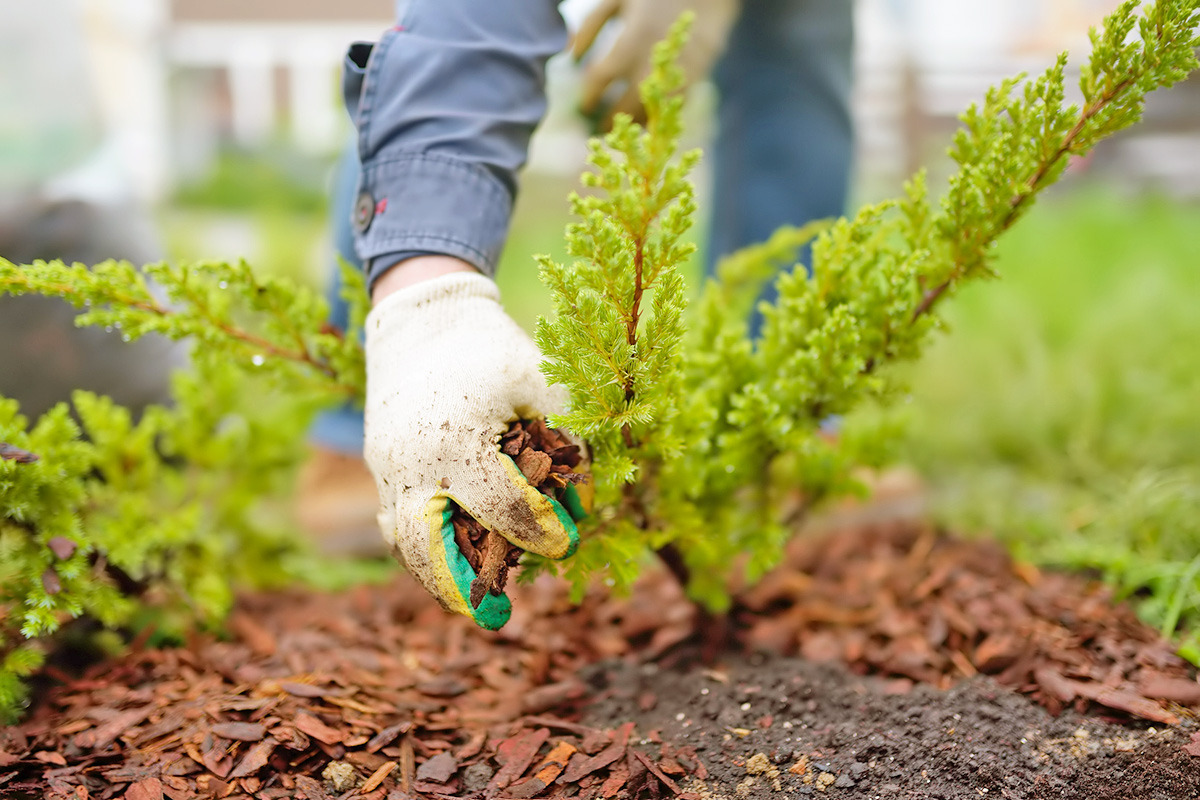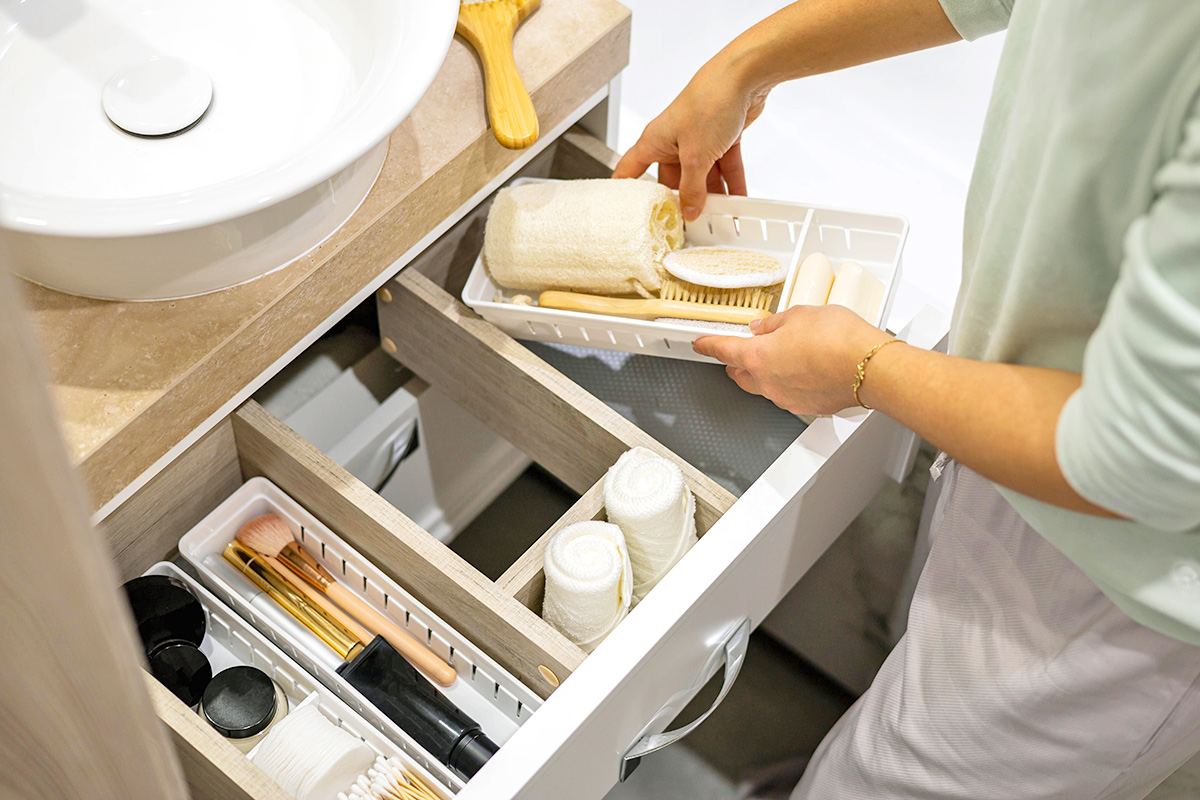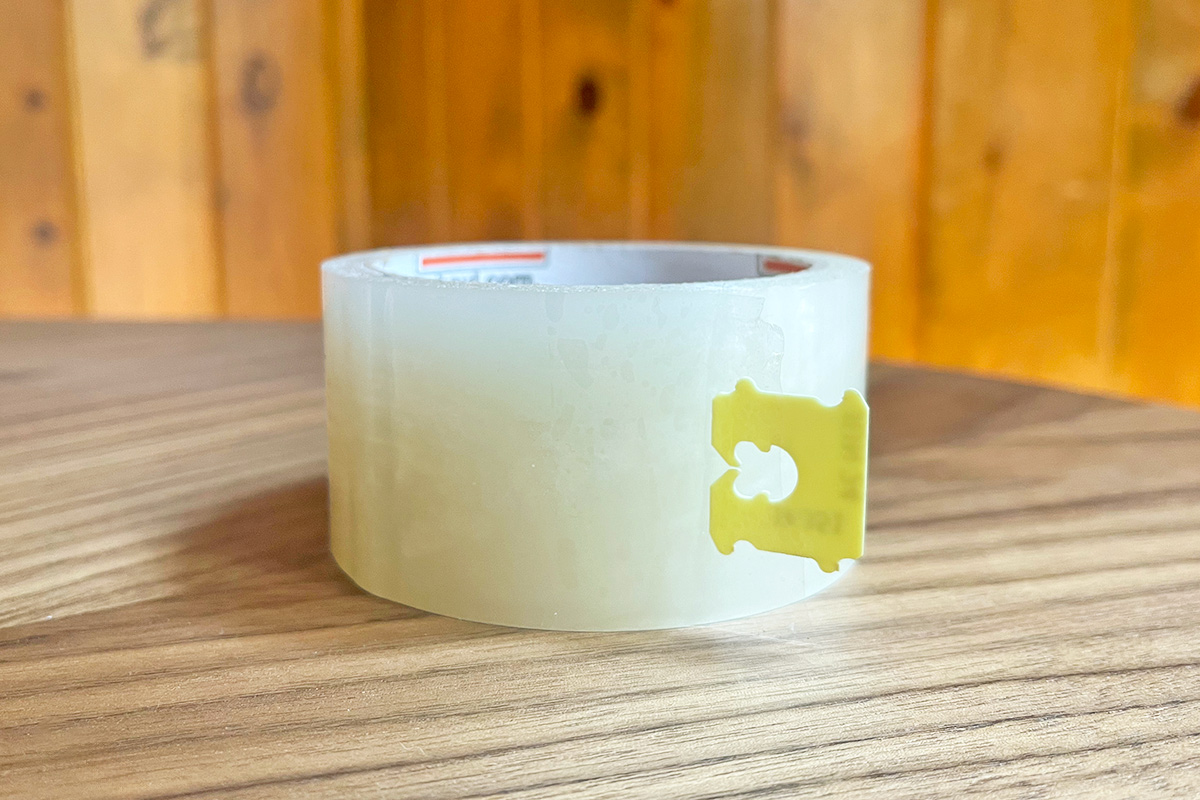Broken glass is one of life’s great curses. It always happens in the most inopportune place, and it feels like no matter how much you sweep, the smallest pieces are still there, lying in wait to lodge themselves into an unsuspecting foot.
Fortunately, there’s a simple hack for those tiniest pieces of glass, and it uses something you probably already have at home: a humble piece of bread.
The Best Thing Since Sliced Bread
Begin by sweeping the larger pieces of glass into a dustpan with a broom. Then, take a slice of soft bread (or revive your stale bread to make it pliable), and gently press it flat onto the floor over the area with the tiny glass shards. Lift it slowly, checking to see if any fragments are stuck to its surface, then move to the next spot and repeat until the floor is clear. The bread’s spongy texture means the glass sticks to it instantly, making it highly effective at catching those last tiny slivers.
Safety Tips
Of course, exercising caution is important when handling broken glass. Consider wearing rubber gloves for maximum safety, and be very gentle when pressing down on the bread to pick up any shards. After you’re done, be extra careful with the glass-filled piece of bread. The safest option is to have a small trash bag ready and deposit the piece of bread directly into it. This minimizes the risk of accidentally spilling hard-to-spot glass slivers on the way to a trash can (and helps you avoid leaving the glass-ridden bread on the counter by mistake).
More from our network
House Outlook is part of Optimism, which publishes content that uplifts, informs, and inspires.
Picking Up Broken Glass Without Bread
If you don’t have bread, or the only loaf you have is a labor-intensive homemade sourdough you don’t want to waste, you can substitute a wet paper towel. First, sweep the area to get the large pieces. Then, wet your paper towel and use it as you would the bread, gently dabbing it over the area with the broken glass. You might be tempted to use a vacuum to catch the last tiny pieces, but that method is generally not recommended, as the glass can damage the vacuum cleaner.







